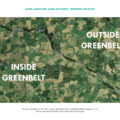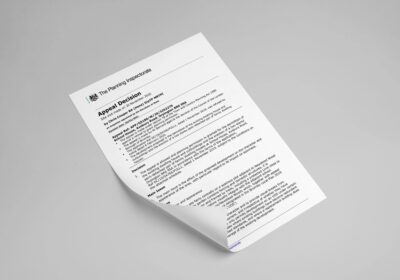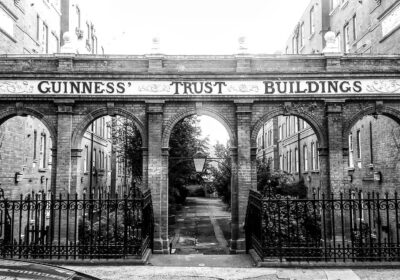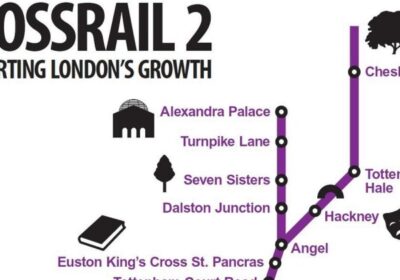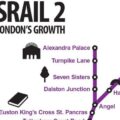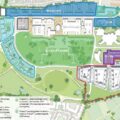After the reception of last week’s post on the greenbelt, I thought it only right to do a sequel. Like most poorly executed sequel films, in the greenbelt drama we find the cliched story line of good fighting evil. In the eyes of the greenbelt supporters, evil being the big mean developer and good being the heroic preserver of England’s green and pleasant land.
In a desperate attempt to come to some agreement, the greenbelt fanatic offers a peace deal with the developer. “Instead of building on England’s greenbelt focus your efforts on building on brownfield”. In a remarkable turn of events, the developer agrees to leave the greenbelt territories in peace, returning to the city in search of “building the right homes in the right place”.
But as anyone who has worked in the industry knows that is not where the story ends. This is most true for small developers who face a constant struggle when it comes to delivering small brownfield sites.
The crux of the problem can be broken down into two clear areas. 1) identification of sites & 2) delivery of identified sites. Far too often the two get confused as the same thing.
This issue arose in a recent meeting with an unnamed government official. In response to the Small Sites Planning Policy which Pocket alongside others has been promoting there was statement: ‘oh well we do have a system in place to identify and bring forward small sites’.
What they were referring to was paragraph 69 of the NPPF which states local authorities should ‘Identify, land to accommodate at least 10% of their housing requirement on sites no larger than one hectare’. Yet recent research suggests that the 10% target grossly underestimates the potential of small sites.
In 2022, Pocket undertook a detailed analysis of the capacity of small brownfield sites in 10 urban settlements across England, aimed at demonstrating their untapped potential. The findings were stark. Small brownfield sites were being undercounted across the country. In half the areas looked at, (Cambridge, Exeter, Manchester, Wolverhampton, & Leeds), Councils were identifying fewer than 15% of their small brownfield sites for development.
London performed slightly better, but still only managed to identify a quarter of the actual true potential. Our research identified additional sites roughly equivalent to 300 full-size football pitches.
Although small in their nature, the potential to support government targets were clear. The analysis found that these sites could deliver over 110,000 homes. Not bad when you think the government set a ‘brownfield first’ target of 160,000 (although this policy seems to have been swept under the carpet).
The clearest thing this research is telling me is that rather than incentivizing Councils to be ambitious with small sites, national policy (despite its good intentions) is doing the opposite. It’s time they recognise that current policy actually disincentivizes Councils to be ambitious. Whether you’re a greenbelt fanatic or a big mean developer, I think we can all agree on that.


